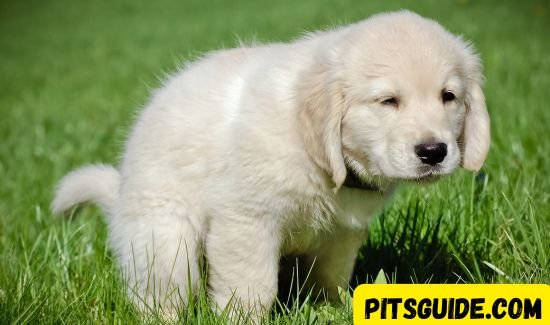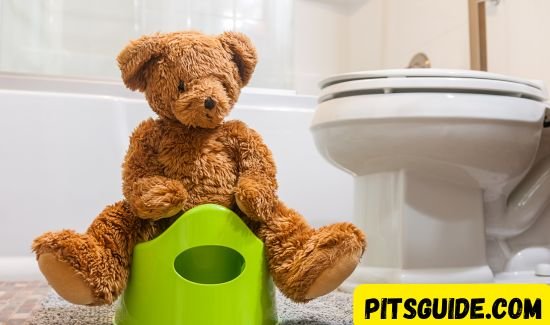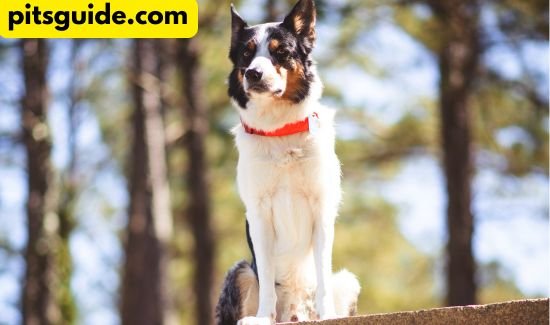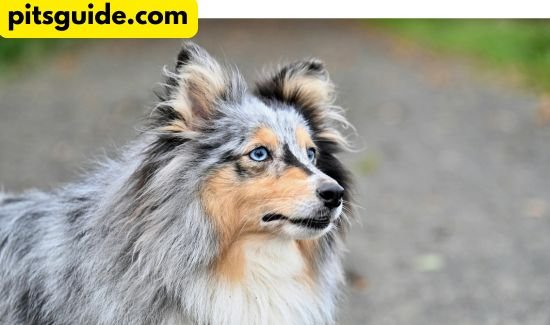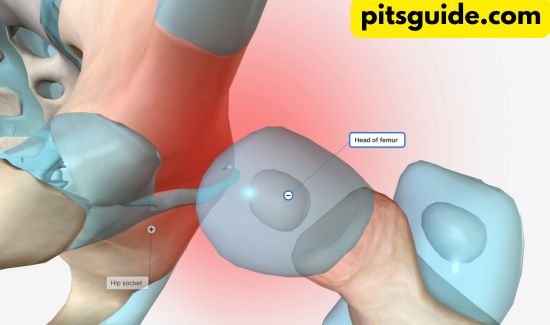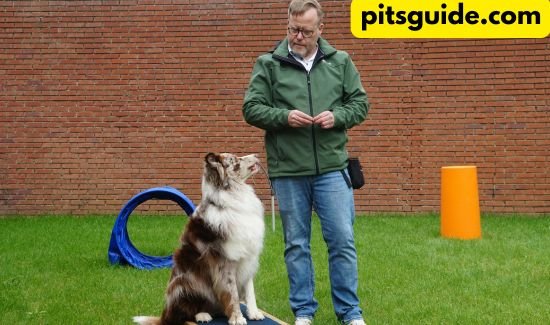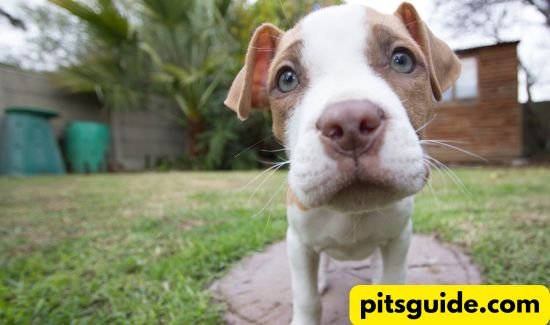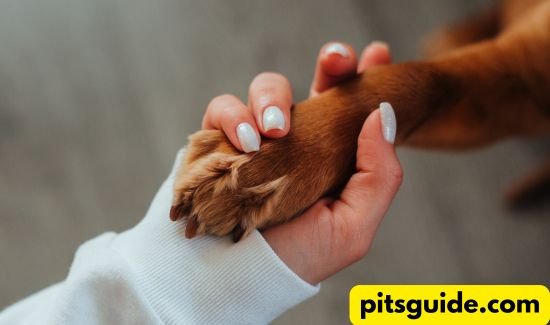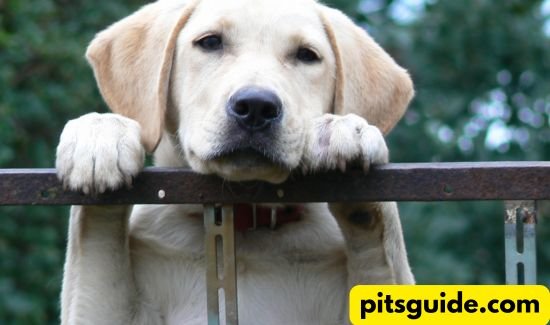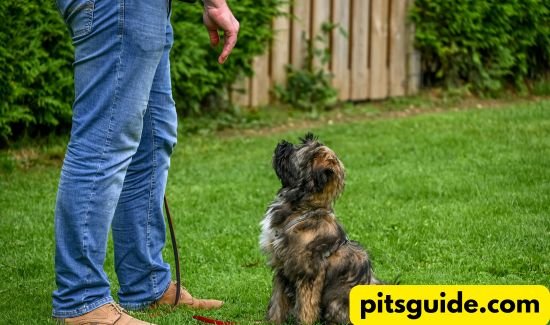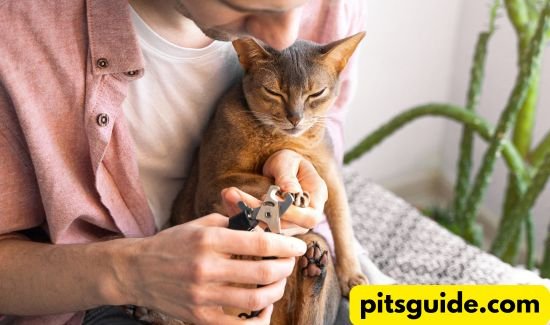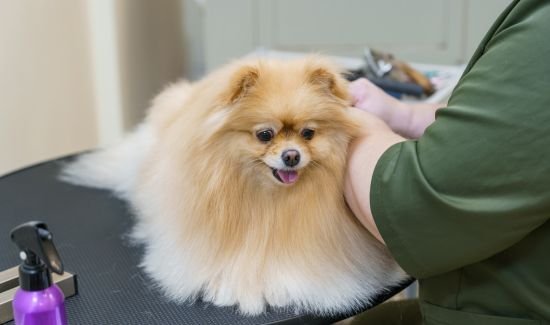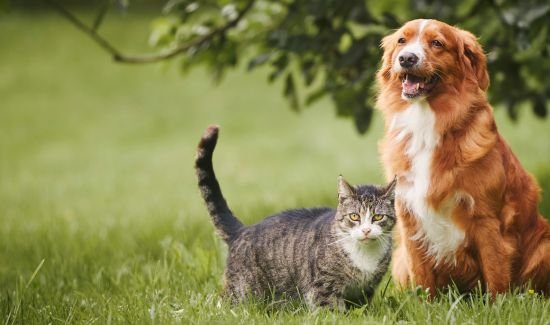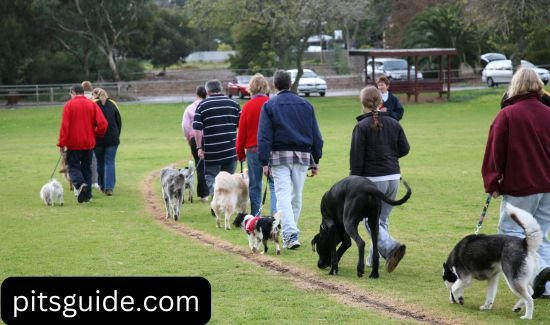Table of Contents
1. Key Takeaways
– Positive reinforcement is essential for potty training success.
– Consistency and patience are key elements in the process.
– Managing hydration and food intake can improve training outcomes.
– Recognizing signs when a Pit Bull puppy needs to go potty.
– Benefits of crate training for Pit Bulls.
2. Understanding Your Pit Bull’s Potty Training Needs
– Natural Instincts and Bladder Control
– Age-Related Training Considerations
– Breed-Specific Challenges
3. Essential Training Tips for Success
– Establish a Designated Potty Area
– Consistent Feeding Schedule
– Managing Hydration and Food Intake
– Using Enzymatic Cleaners for Accidents
4. Common Mistakes During House Training
– Inconsistent Schedules and Routines
– Improper Cleaning of Accidents
– Negative Reinforcement Methods
5. Creating an Effective Potty Training Schedule
– Recommended Times for Potty Breaks
– Feeding Schedule for Potty Training Success
– Importance of Exercise in Training
6. Using Positive Reinforcement Techniques
– Reward-Based Training Methods
– Verbal Praise and Treats
– Building Positive Associations
7. Managing Potty Training Regression
– Identifying Regression Triggers
– Preventive Measures and Supervision
– Consult a Veterinarian for Health Issues
8. FAQ
– Common Potty Training Mistakes Pit Bull Owners Make
– Specific Potty Training Needs of Pit Bulls
– Essential Tips for Pit Bull Potty Training
– Avoiding House Training Mistakes
– Creating an Effective Potty Training Schedule
– Recommended Positive Reinforcement Techniques
– Managing Potty Training Regression
9. Conclusion
– Summary of Key Training Strategies
– Importance of Patience, Consistency, and Positive Rewards
Common Potty Training Mistakes Pit Bull Owners Make
Potty training a Pit Bull puppy can be tough. They are known for being stubborn and full of energy. To train them well, you need to be very careful and consistent.
But, are you making mistakes that slow down your Pit Bull’s learning? These mistakes might cause accidents and make training harder.
Key Takeaways
- The best approach to toilet training Pit Bull puppies is positive reinforcement.
- Consistency and patience are crucial elements in the potty training process.
- Managing PitBull puppies’ hydration and food intake is important for successful potty training.
- Recognizing signs that indicate a Pit Bull puppy needs to go potty is crucial for success.
- Crate training can be a helpful tool for potty training Pit Bulls due to their natural instinct not to soil their living area.
Understanding Your Pit Bull’s Potty Training Needs
Training your Pitbull to go potty outside is important. They have special needs and habits. Knowing these helps you train them better.
Natural Instincts and Bladder Control
Pit Bulls have instincts that affect their potty training. Puppies should be taken outside every three to four hours.Pick a spot in the yard for them to go.
Age-Related Training Considerations
How old your Pit Bull puppy is matters a lot. Young ones need to go out more often. Feed them at the same times every day to help with training.
Breed-Specific Challenges
Pit Bulls can be very energetic and stubborn. Make use of crates and constructive reinforcement, such as praise and food. This helps them learn better.
Knowing about Pit Bulls’ instincts, age, and challenges helps you train them well. Be consistent, patient, and use positive rewards. This way, you can help your Pit Bull learn to go potty outside.
Essential Training Tips for Success
Start by picking a special spot in your yard for your Pit Bull to go potty. This spot helps your pup remember where to go. Take them outside often, every 3-4 hours, and give them treats and praise when they use the spot.
Having a set meal time is also key. It helps your Pit Bull know when it’s time to go potty. Watch how much water and food they get, especially before bed, to avoid accidents.
- Establish a designated potty area in the yard
- Take the puppy outside often—every three to four hours.
- Create a consistent feeding schedule to develop a predictable potty routine
- Adjust your personal schedule to meet the demands of the dog.
- Manage hydration and food intake, especially before bedtime
- To avoid recurring, properly clean up mishaps with enzymatic cleaners.
Success in potty training comes from being consistent. Give your Pit Bull a set routine, a special potty spot, and lots of positive feedback. Stay patient and keep up with motivation boosters, goal setting, and exercise routines to reach your fitness goals.
The secret to a happy and well-behaved Pit Bull partner is effective training.
Common Mistakes During House Training
Training a PitBull to use the potty can be fun but also hard. It’s important to be consistent and patient. However, in order to make training easier, there are several faults to avoid.
Inconsistent Schedules and Routines
Pit Bull puppies need a regular potty schedule. They like knowing what to expect. If the schedule changes too much, they might have more accidents.
Try to take your Pit Bull out at the same time every day. This could be after meals, naps, or playtime.
Improper Cleaning of Accidents
Accidents do happen. But, how you clean them up is very important. Use an enzymatic cleaner to get rid of smells that might attract your puppy again.
If you don’t clean up well, your puppy might go back to the same spot. This is because they smell the scent from before.
Negative Reinforcement Methods
It might be tempting to yell or punish your puppy for accidents. But, this can make things worse. It can make your puppy scared, anxious, and not trust you.
Instead, use positive ways to reward your puppy.When they use the restroom appropriately, reward them with praise and sweets.
By not making these mistakes, you can help your Pit Bull learn to use the potty better. Remember, being consistent, patient, and positive is the best way to help your puppy.
| Mistake | Impact | Solution |
| Inconsistent Schedules and Routines | Confusion and more accidents | Establish a consistent potty schedule |
| Improper Cleaning of Accidents | Repeated incidents due to lingering odors | Use enzymatic cleaners to thoroughly remove scents |
| Negative Reinforcement Methods | Fear, anxiety, and hindered training | Focus on positive reinforcement techniques |
Creating an Effective Potty Training Schedule
It’s important to have a set potty training schedule for your Pit Bull. Take them out in the morning, after meals, and before bed. This helps you know when they need to go and cuts down on accidents.
Make sure to feed your Pit Bull at the same times every day. This aids in determining when they must go. Also, adding exercise to their routine helps with their energy and focus.
- Start by taking your Pit Bull out every 20 to 30 minutes. Then, slowly increase the time as they get better.
- Spent a lot of time in the bathroom during training. Use a timer to make sure they go often enough.
- Give treats, praise, or small toys when they go potty. This helps them learn it’s good.
- Use waterproof covers on your mattress and other places to catch accidents.
Potty training can take weeks or months, depending on your Pit Bull. Keep a regular schedule and use positive rewards. This will help their mindset, coaching, workout routines, performance optimization, and athletic development during training.
When it comes to potty training your Pit Bull, persistence and patience are essential.Stick to a routine, and you’ll be rewarded with a well-trained, housebroken pup.”
Using Positive Reinforcement Techniques
Positive reinforcement is key for potty training your Pit Bull.It improves your relationship and teaches kids positive behaviors.Reward-based training is very effective.
Reward-Based Training Methods
Give your Pit Bull a treat or praise them right after they go potty. This could be a tasty snack, happy words, or a favorite toy. It teaches them to do it again.
Verbal Praise and Treats
Use kind words and treats to motivate your Pit Bull. Say “go potty” and then give them a treat. They feel good about it and want to do it again because of this.
Building Positive Associations
Positive reinforcement helps your Pit Bull like the potty area. Don’t scold them for accidents. It can make them scared and hurt your bond. Reward good behavior and make a safe place for them to learn.
| Positive Reinforcement Techniques | Benefits |
| Reward-Based Training | Strengthens desired behaviors and builds trust |
| Verbal Praise and Treats | Provides immediate positive feedback and motivation |
| Building Positive Associations | Encourages successful potty training and a healthy relationship |
Managing Potty Training Regression
Potty training is a big step for kids. But sometimes, they might take a step back. This can happen because of changes, stress, or health issues. The best way to handle this is to stay calm, keep things the same, and always be positive.
If your Pit Bull has a potty training setback, start over. Keep a regular schedule for potty breaks. Watch them closely to catch any accidents early. Also, check with your vet to see if there’s a health problem.
- Stick to a consistent potty training schedule, even during regressions.
- Increase supervision to catch accidents quickly and prevent them from becoming a habit.
- Consult your veterinarian to rule out any medical issues that could be contributing to the regression.
Being positive is very important. Keep praising and rewarding your Pit Bull for good behavior. This will help them feel good about going to the potty again. If what you’re doing isn’t working, try something new that fits your Pit Bull better.
| Potty Training Regression Triggers | Regression Duration | Preventive Measures |
| – Changes in routine
– Stress (new sibling, moving, etc.) – Medical issues (constipation, UTIs, etc.) |
Typically 2 weeks or less | – Maintaining hydration
– High-fiber diet – Positive reinforcement – Providing attention |
Dealing with potty training regression can be tough. But with patience, consistency, and the right approach, you can help your Pit Bull get back on track. Remember, every dog is different. So, you might need to change your training methods to help your Pit Bull succeed.
“Consistency and positive reinforcement are key to managing potty training regression in Pit Bulls.”
Conclusion
Training your Pit Bull to use the potty needs patience, consistency, and positive rewards. Knowing your dog’s needs and avoiding mistakes helps a lot. A good training plan is key to success.
Understanding Pit Bulls’ special challenges in potty training is crucial. Using athletic development and conditioning methods that fit your dog’s nature and age helps a lot. This makes training better and faster.
Always reward good behavior and manage any setbacks. This helps your Pit Bull learn to go potty where they should. With the right effort, your dog will learn to go potty outside easily.
FAQ
What are the common potty training mistakes Pit Bull owners make?
Mistakes include not sticking to a schedule and not cleaning up accidents right. Also, using punishment doesn’t work well.
What are the specific potty training needs of Pit Bulls?
Pit Bulls need special care because of their instincts and bladder issues. Their age and energy level also play a big part in training.
What are the essential tips for successful Pit Bull potty training?
Important tips include picking a potty spot and feeding at set times. Match your schedule to the puppy’s needs. Also, manage water and food and use positive rewards.
What common mistakes should Pit Bull owners avoid during house training?
Avoid changing schedules and not cleaning up accidents well. Also, don’t use punishment, as it can confuse the puppy.
How can Pit Bull owners create an effective potty training schedule?
Take the puppy out often and feed at set times. Add exercise and slowly increase time between potty breaks.
What positive reinforcement techniques are recommended for Pit Bull potty training?
Use praise and treats right after they go potty. This helps them like going to the potty spot.
How can Pit Bull owners manage potty training regression?
If they go back, start over with a schedule and watch them more. Check for health issues and keep using positive rewards.

